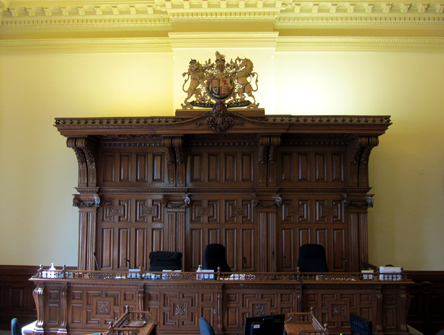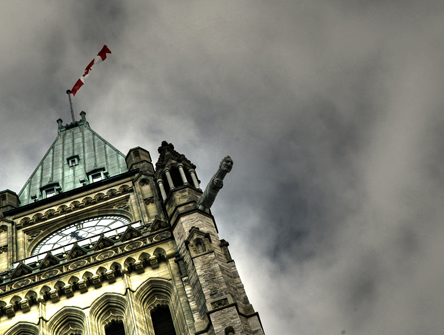Travelling court
We should welcome the Supreme Court hearing its first case outside Ottawa. But there must be a fair and transparent method for determining sitting locations.

Nearly 90 years after G.S. Thornton wrote in the Manitoba Bar News that the Supreme Court of Canada should sit in provincial capitals, the country’s highest tribunal will finally sit in Winnipeg, as part of an initiative to improve access to justice. And while there are many things to applaud about the Supreme Court’s move, it also raises many questions.
Since its inception, the Supreme Court has heard appeals only in Ottawa. John A. Macdonald had envisioned a travelling court when he proposed his 1869 Supreme Court Bill — it would have held “special sessions” twice a year in each of the provincial capitals. However, that bill never became law and the 1875 Act that eventually established the Supreme Court did not include special sessions. Instead, the Act limited the court’s sittings to Ottawa, leaving travelling to the Exchequer Court (later to become the Federal Court), which had the flexibility “to sit and act at any time, and at any place.”
Today’s Supreme Court Act remains relatively unchanged from the 1875 Act in this regard. Section 32(1) provides that: “The Court, for the purpose of hearing and determining appeals, shall hold, in each year, in the city of Ottawa, three sessions.” The Act also details the dates of those sessions and it is likely no coincidence that the Winnipeg sitting falls outside of them.
Though the court has not explicitly provided the authority for its new sitting, changes to the rules show they will most likely rely upon section 34, which provides that “The Court may be convened at any time by the Chief Justice … in such manner as is prescribed by the rules of Court.” Up until now, this section’s use was limited to cases where the court’s immediate attention was required, with it still sitting in Ottawa. The previous rules were, in fact, explicit that the “special session” convened under s 34 would be held “at the City of Ottawa”. But in 2019, the court reworked the form of notice, substituting a blank space for the City of Ottawa.
While section 34 and the corresponding rule might provide statutory authority to fulfil the court’s ambition for this sitting, whether it can use this provision to create more regular sittings outside Ottawa is questionable. Though section 34 is broad, it seems to be designed to be exceptional, rather than regular.
Interestingly, other Canadian courts, cited as examples by the Supreme Court, have also adopted travelling habits, but they have done so through explicit legislative amendments. For instance, in 2015, the Courts of Justice Act was altered to allow the Court of Appeal for Quebec to sit outside of Montreal or Quebec City.
A similar legislative route for the Supreme Court Act would certainly generate intense constitutional debate, as the Constitution Act, 1982 provides that changes to “the Supreme Court of Canada” (other than its composition) are subject to the general amending procedure (i.e. the 7/50 formula). Whether sitting in Ottawa is an “essential feature” of the Supreme Court of Canada is debatable, but the Nadon Reference itself is a testament to the delicate issues surrounding the constitutionality of the Supreme Court’s architecture.
Beyond its authority to sit outside Ottawa, there are also questions about how the court decides which cases to hear and where it chooses to sit. So far, there is no transparent procedure for determining either of them, and with one of the cases being heard in Winnipeg on appeal from the Court of Appeal for British Columbia, it is not obvious how sitting in Winnipeg improves access to justices for those parties. If this new policy is to improve access to justice for litigants, then there must be a fair and transparent method for determining sitting locations.


